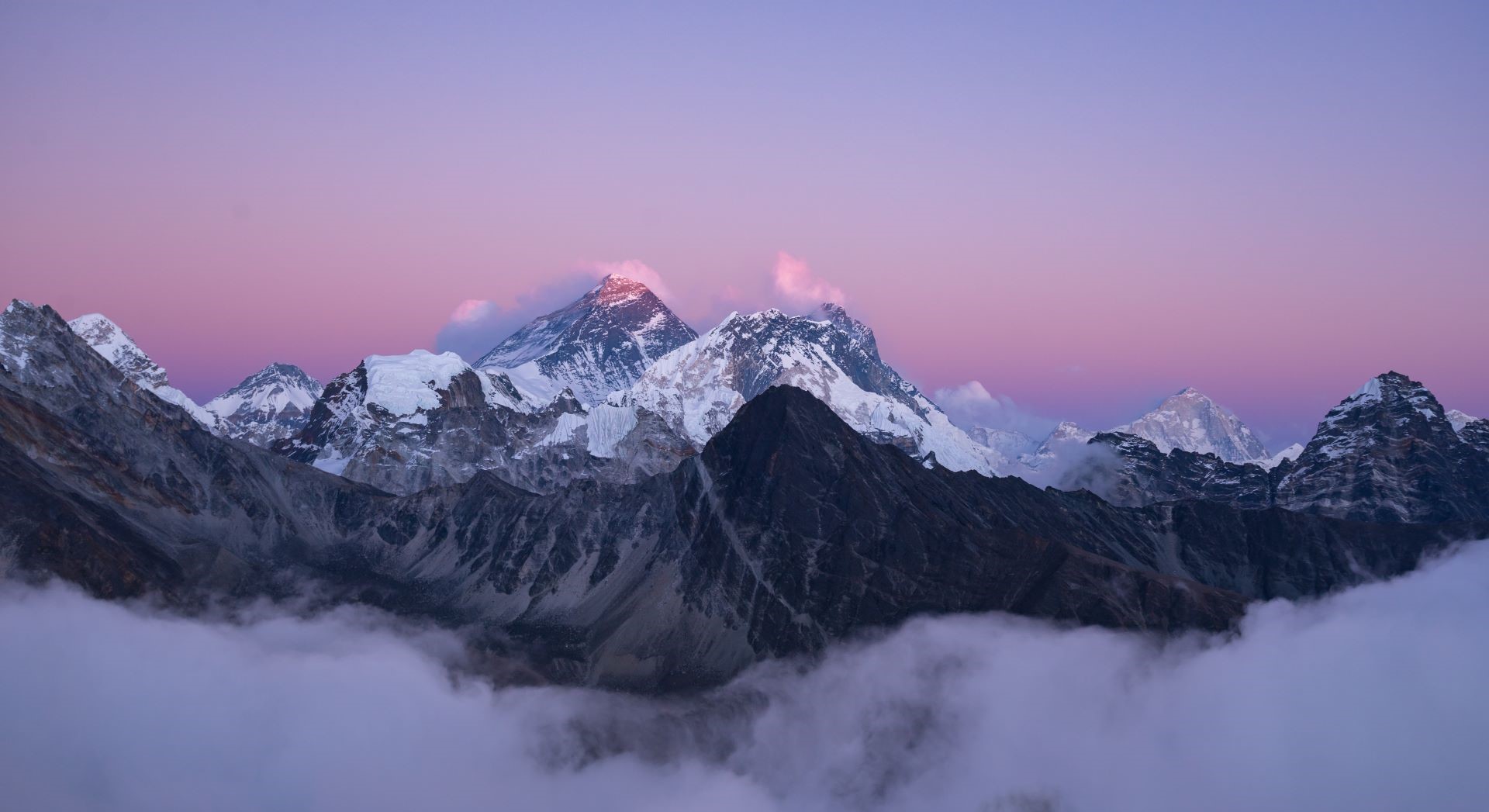Data delivered by Copernicus Sentinel satellites have enabled scientists to observe one of the most extreme incidences of mountain erosion ever documented.
The analysis – published in The Cryosphere – describes how the disintegration of a glacier in Tibet caused more than 600 million cubic metres of rock and ice to cascade through the valley below, carving an enormous new canyon into the mountain side.
In terms of the pace of the erosion and the amount of debris transported, this incident exceeded typical mountain erosion events by several orders of magnitude, according to the study’s lead author Andreas Kääb.
Sentinel-2 images over the Sedongpu valley in Tibet
Copyright: Contains modified Copernicus Sentinel data (2016-2022)/processed by University of Oslo
To investigate this rare phenomenon, Kääb and his team – composed of scientists from the University of Oslo in Norway – combined observations delivered by Sentinel-1 and Sentinel-2 of the EU’s Copernicus Earth observation programme with digital elevation models that drew on data from the Pléiades and SPOT missions.
The Sentinel-1 satellites host a synthetic aperture radar (SAR) instrument that continues to gather data during darkness and in all weather conditions, and the Sentinel-2 satellites carry a multispectral sensor that delivers imagery at spatial resolutions of 10, 20 or 60 m.
These attributes mean the missions complement each other excellently when monitoring inaccessible mountainous areas often shrouded in cloud cover, with Sentinel-2 providing crucial visual details for terrain mapping and Sentinel-1 enabling a continuous timeseries even when optical observations are not available.
The study focused on one such region of Tibet in which a major river named the Brahmaputra breaks through the Himalayan arch on its descent from the Tibetan high plateau to the lowlands of India and Bangladesh.
Sentinel-2 data collected in 2017 and 2018 enabled the research team to map the impact of the disintegration of an entire glacier and parts of steep rock wall within the Sedongpu valley, which feeds into the Brahmaputra.
These collapses triggered a series of avalanches that caused some 225 million cubic metres of ice and rock to pour through the valley towards the river below.
Sentinel-1 SAR observations gathered from June to August 2021 – when the valley was mostly covered by clouds – were then used to show that a huge amount loose sediment exposed by the disappearance of the glacier also washed into the Brahmaputra.
Sentinel-1 tracks the formation of the Sedongpu canyon
Copyright: Contains modified Copernicus Sentinel data (2021)/processed by University of Oslo
The high temporal resolution provided by Sentinel-1 helped the team to establish that this erosion occurred continuously over months, rather than taking place as a single short-lived landslide.
It was estimated that 300 million cubic metres of debris eroded during this three-month timeframe, resulting in the formation of a canyon of up to 300 m in depth, 1 km in width, and 4 km in length.
Adding to the huge amounts of lost sediment and debris, about 100 million cubic metres of rock was also reported to have fallen from a steep head wall within the Sedongpu valley.
In addition to the Sentinel missions, the Pléiades and SPOT satellites made important contributions to the analysis.
To estimate the debris volumes reported in the study, the team generated several digital elevation models from Pléiades and SPOT optical satellite stereo images and computed elevation changes between them.
Andreas Kääb, lead author of the study, concluded: “In our area of research, we see many large avalanches and debris flows in mountains, but the volumes eroded from the Sedongpu valley in just a few months and years really are breathtaking. I am not aware of another erosion event on Earth where 300 m thick sediments have been eroded within just three months. The total volume evacuated from the Sedongpu valley since 2017 amounts to an incredible 0.6 cubic-kilometres – this corresponds to a cube with an edge length of 850 m!”
Sentinel-2 captures the Sedongpu valley in Tibet
Copyright: Contains modified Copernicus Sentinel data (2016-2022)/processed by University of Oslo
“The events at Sedongpu show that under special circumstances mountain landscapes can respond to glacier loss at a scale that we have hardly considered before.”
The project was supported by ESA’s Climate Change Initiative and performed in preparation for ESA’s tenth Earth Explorer, Harmony.
About the Copernicus Sentinels
The Copernicus Sentinels are a fleet of dedicated EU-owned satellites, designed to deliver the wealth of data and imagery that are central to the European Union's Copernicus environmental programme.
The European Commission leads and coordinates this programme, to improve the management of the environment, safeguarding lives every day. ESA is in charge of the space component, responsible for developing the family of Copernicus Sentinel satellites on behalf of the European Union and ensuring the flow of data for the Copernicus services, while the operations of the Copernicus Sentinels have been entrusted to ESA and EUMETSAT.
Did you know that?
Earth observation data from the Copernicus Sentinel satellites are fed into the Copernicus Services. First launched in 2012 with the Land Monitoring and Emergency Management services, these services provide free and open support, in six different thematic areas.
The Copernicus Land Monitoring Service (CLMS) provides geographical information on land cover and its changes, land use, vegetation state, water cycle and Earth's surface energy variables to a broad range of users in Europe and across the World, in the field of environmental terrestrial applications.
It supports applications in a variety of domains such as spatial and urban planning, forest management, water management, agriculture and food security, nature conservation and restoration, rural development, ecosystem accounting and mitigation/adaptation to climate change.
References:
Kääb, et al: Brief communication: Rapid ∼ 335 × 106 m3 bed erosion after detachment of the Sedongpu Glacier (Tibet), The Cryosphere, 17, 2533–2541, 2023
